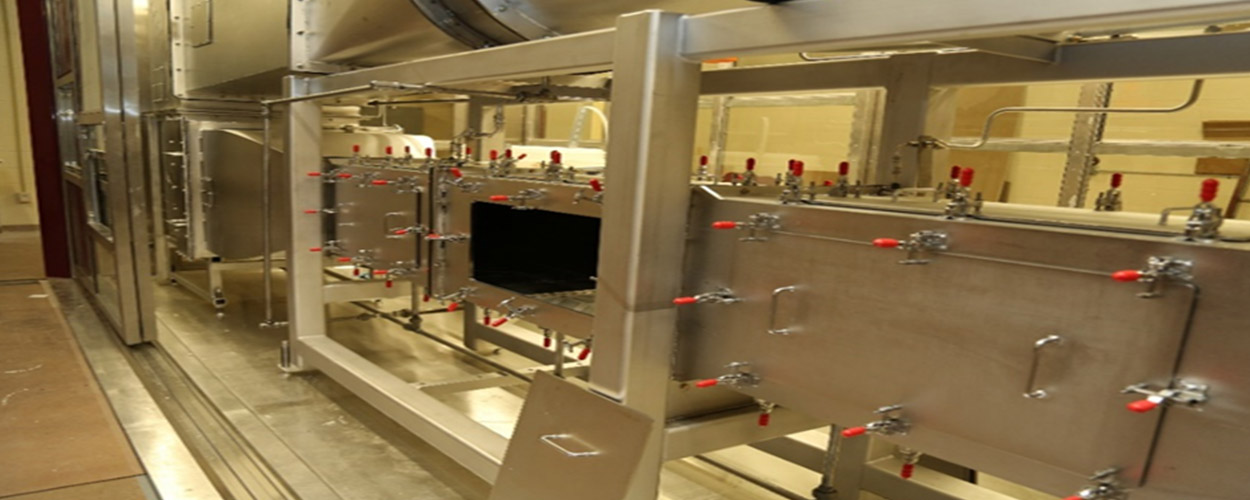Army Researchers Enable Modernization with New Closed Circuit Wind Tunnel
Army Researchers Enable Modernization with New Closed Circuit Wind Tunnel
By Ashley Mason
Researchers at the U.S. Army Combat Capabilities Development Command (CCDC) Chemical Biological Center have worked with a contractor to design and build a custom closed circuit wind tunnel (CCT) to routinely test aerosolized agents.
This capability is unique to CCDC Chemical Biological Center and enables modernization in current aerosolized agent research.
The CCT is one of several infrastructure assets the Center operates that provides full life-cycle support to chemical protection, detection and monitoring activities for the U.S. military’s chemical and biological defense program.
“Our role is to ensure warfighters are optimized and able to do more with less,” said Michael Ellzy, Ph.D., research chemist and project lead. “As the battlefront becomes increasingly unpredictable it is vital we know how Army materiel functions in the presence of aerosolized agents. With the new CCT, we will be able to meet the demands in early research and technology phases for eventual transition to engineered solutions.”
The CCT features a custom-designed hood to enable the validation of current and future chemical, biological and explosive point and standoff detection systems. The tunnel will have the ability to provide reference points of comparison for compounds approved for outdoor testing relative to agent performance.
“Particulate matter can be contained within the circuit,” said Darren Emge, Ph.D., research engineer. “This enables the researchers to run several series of studies using the same amount of agent versus the current open wind tunnels where only one type of release can be studied at a time.”
The CCT has an airspeed range which can be defined by the user, allowing the ability to run the system at various speeds which allows for a more realistic examination of aerosols and vapors in various wind conditions. This feature allows the Center to mimic real world conditions not achievable using current static conditions.
The CCT system allows safe dissemination of aerosolized threat agents within operationally relevant conditions. Small scale assessment of Army materiel such as sensors, detectors, filters, mannequins and masks can be performed in the CCT against chemical agent and comparison compounds specifically approved for large scale outdoor field tests. Gathering such agent data and demonstrating the comparison between the agent and comparison compounds will support collaborative efforts with the larger test community. Currently large scale outdoor aerosol agent dissemination is not permitted in the U.S.
“Improvement in aerosol detection and identification is a priority for materiel developers of chemical and biological detection and identification systems,” said Emge. “The CCT is expected to improve research findings from modeling and simulation studies because data produced is measured using the agent of interest.”
The closed circuit wind tunnel is 24.5 feet long, 5 feet wide, and 8 feet high and is designed to run at speeds varying from 1 to 20 miles per hour, but can go as high as 30 mph.

